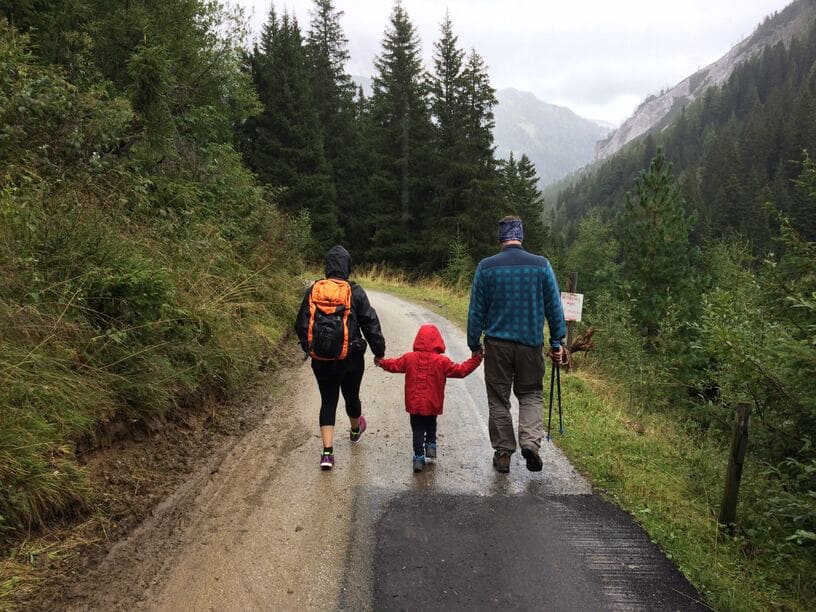
How Routines Can Help Your Child with Autism
Sudden changes in familiar activities, places, or people can make anyone feel anxious. But for children and teenagers with autism spectrum disorder (ASD), these changes can be more overwhelming.
The Fear of the Unpredictable
Many children with autism see the world as an unpredictable place – and this frightens them. So naturally, they try to make things predictable and dependable. They do things in a particular way and easily stick to daily rituals and schedules.
When the situation isn’t what they expected, these children often feel anxious. This is likely the reason your child with ASD throws a fit whenever he or she has to go to new places or you bought a brand of toothpaste different from what he or she regularly uses. But here’s the good news: you can help your child ease his or her fear of the unpredictable.
How You Can Help Ease the Fear
Keeping control of everything around them helps children with autism reduce their anxiety. As a parent, you can help your child achieve that through the following:
Increase Structure
Make the world a more predictable place for your child by giving them a sense of structure. Plan his or her school days, as well as activities during the weekend. Use timetables to let your child know what to expect, and when.
It helps to use events such as breakfast, after school, or dinnertime as reference points rather than specific times or hours. This way, they don’t get upset for any delay in the schedule.
Be Gradual and Consistent When Setting Boundaries
Children with autism quickly learn routines. They are naturally motivated to repeat tasks, but they also have the tendency to get obsessed with one particular thing. If you want to set limits or boundaries for an activity, for instance, do it gradually so your child won’t see it as a disruption to his or her schedule.
In some cases, the use of a timer helps. Set the time and let your child know the task or activity will be over when the timer rings. Use the timer again for the following week, but this time, set it five minutes earlier than normal to introduce time restrictions.
Use Visual Supports
If the family plans to go somewhere new for a holiday, for instance, use visual supports to explain to your child with autism what will happen. Show him or her pictures of the new place, the holiday itinerary, and other important details of the trip.
Also, it is important you let them take their time to process new information. Give the visual supports days or weeks before the trip. This way, your child can get more familiar with the idea and will not feel that the new place is unpredictable.
Protecting your child from anxiety through routines is important, but so is preparing him or her to deal with things he or she can’t entirely control. You have to strike a balance. So, if you want to learn more tips or techniques for helping your child make routines – and deal with routine changes, don’t hesitate to reach out to us. We’re here to help!

